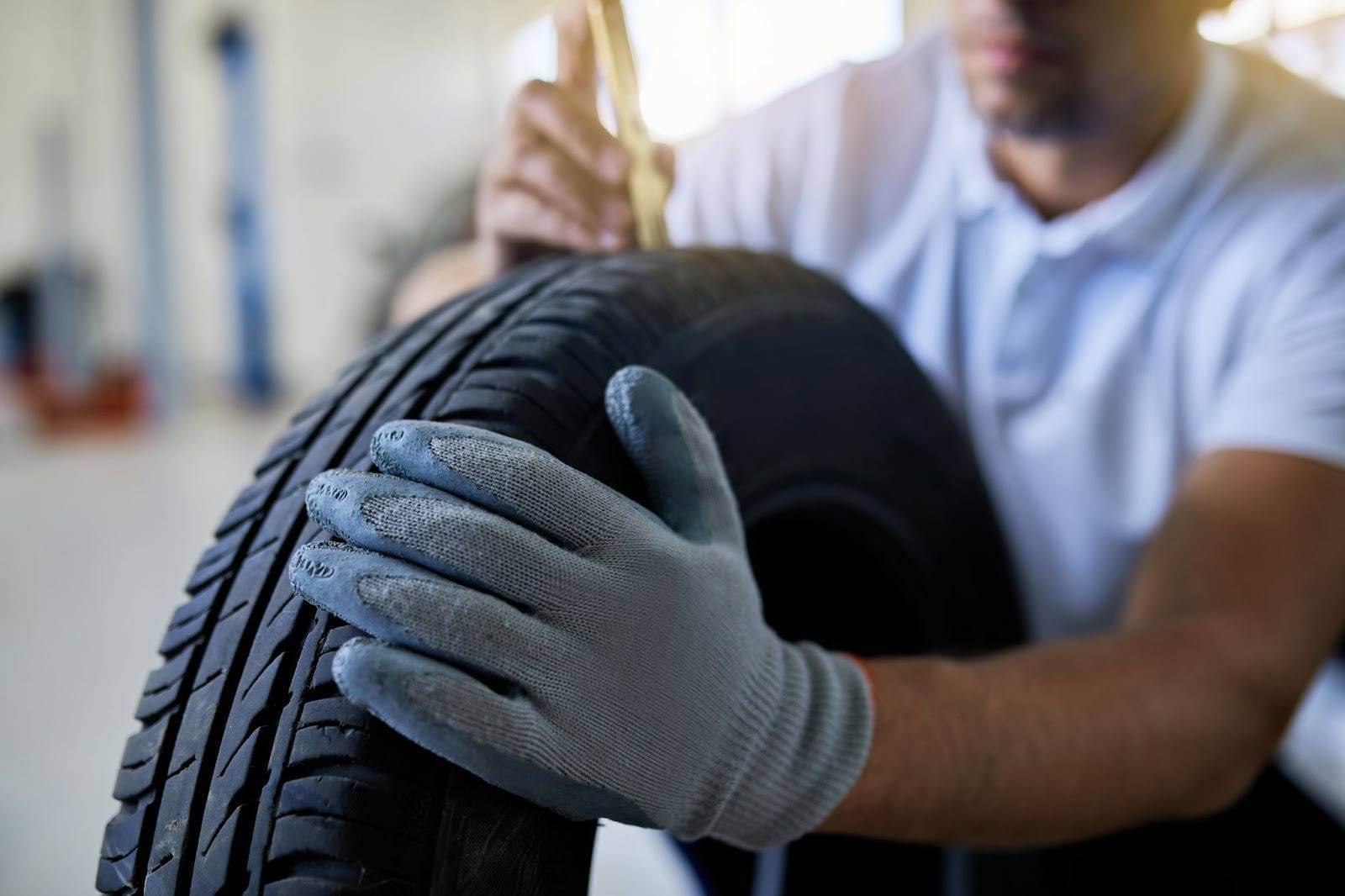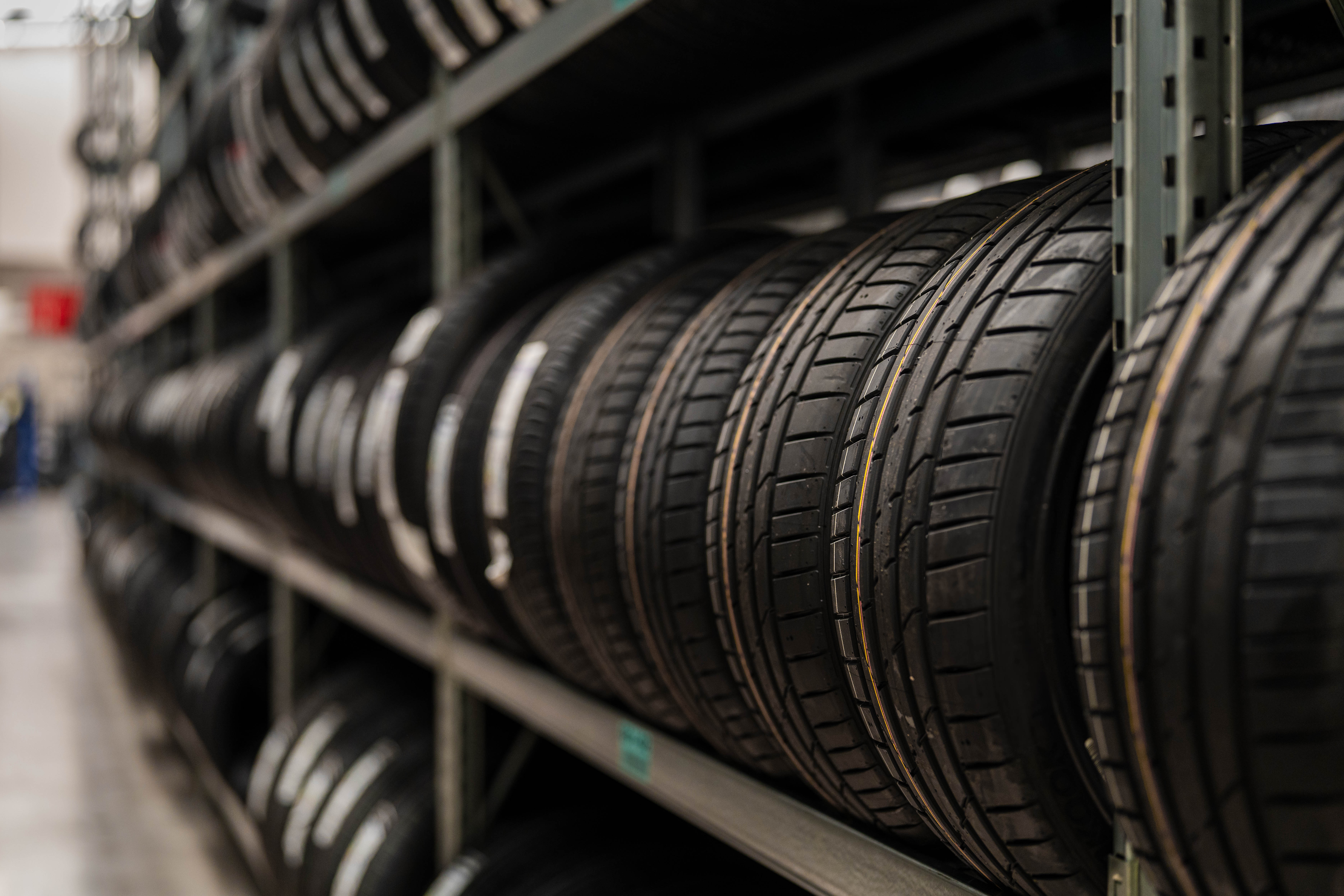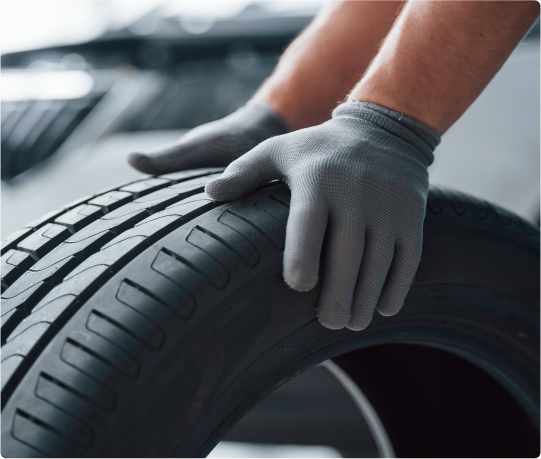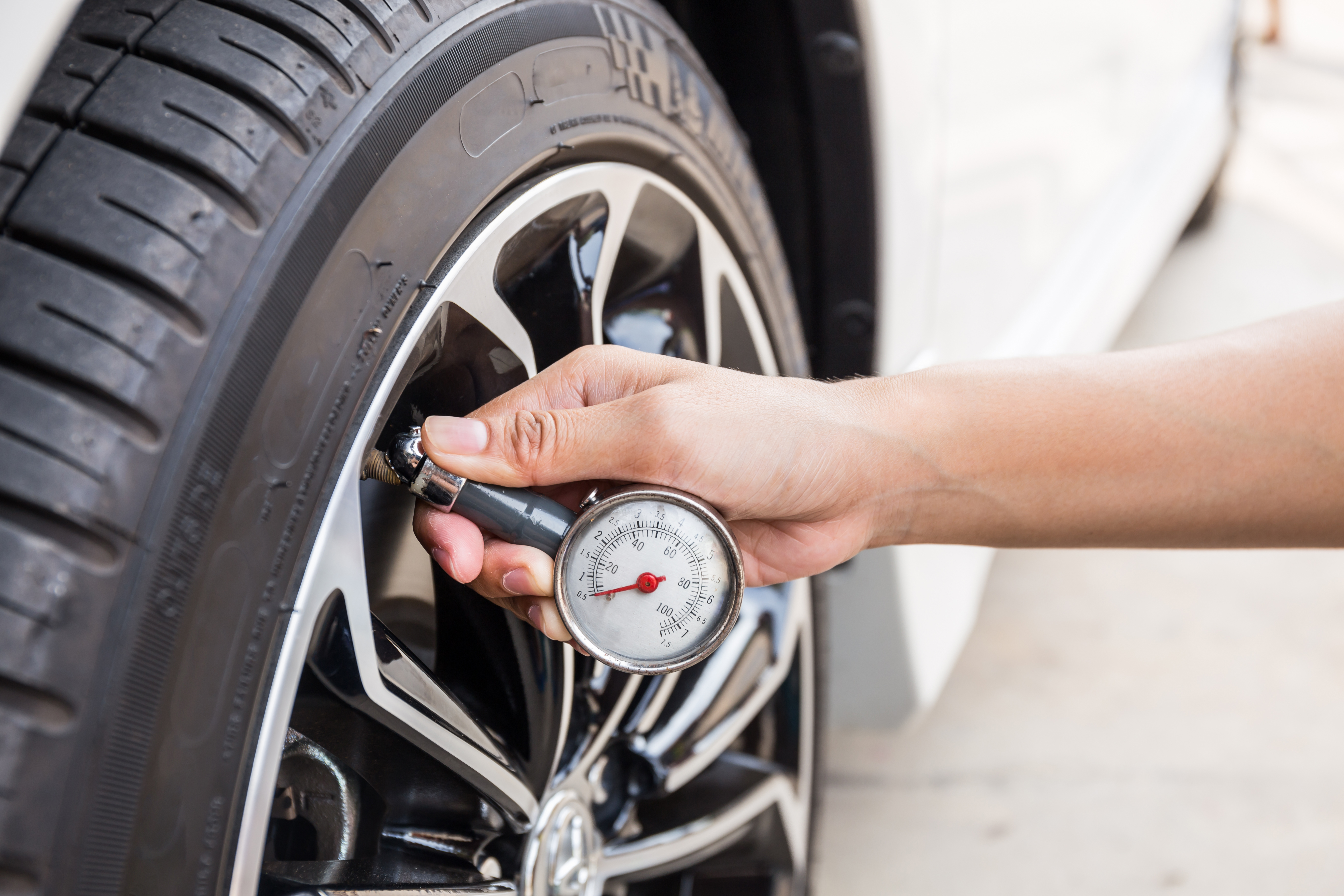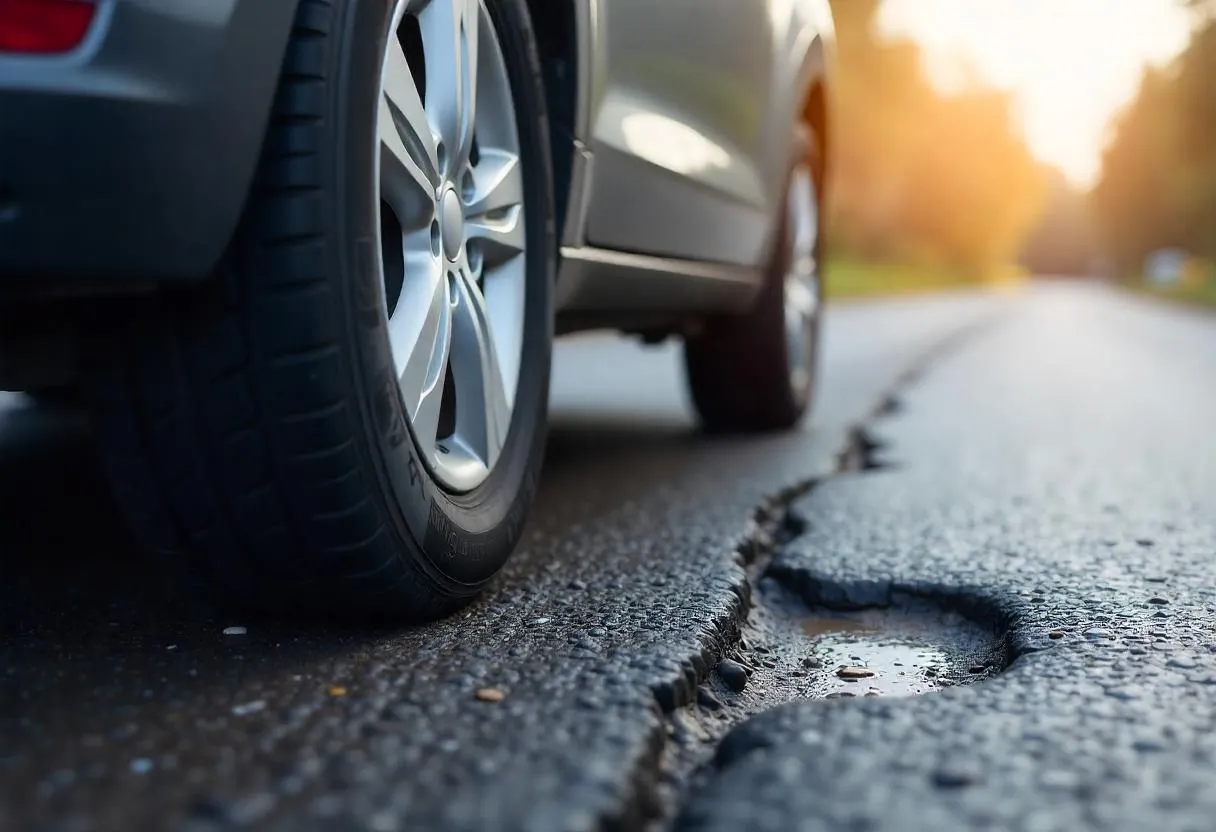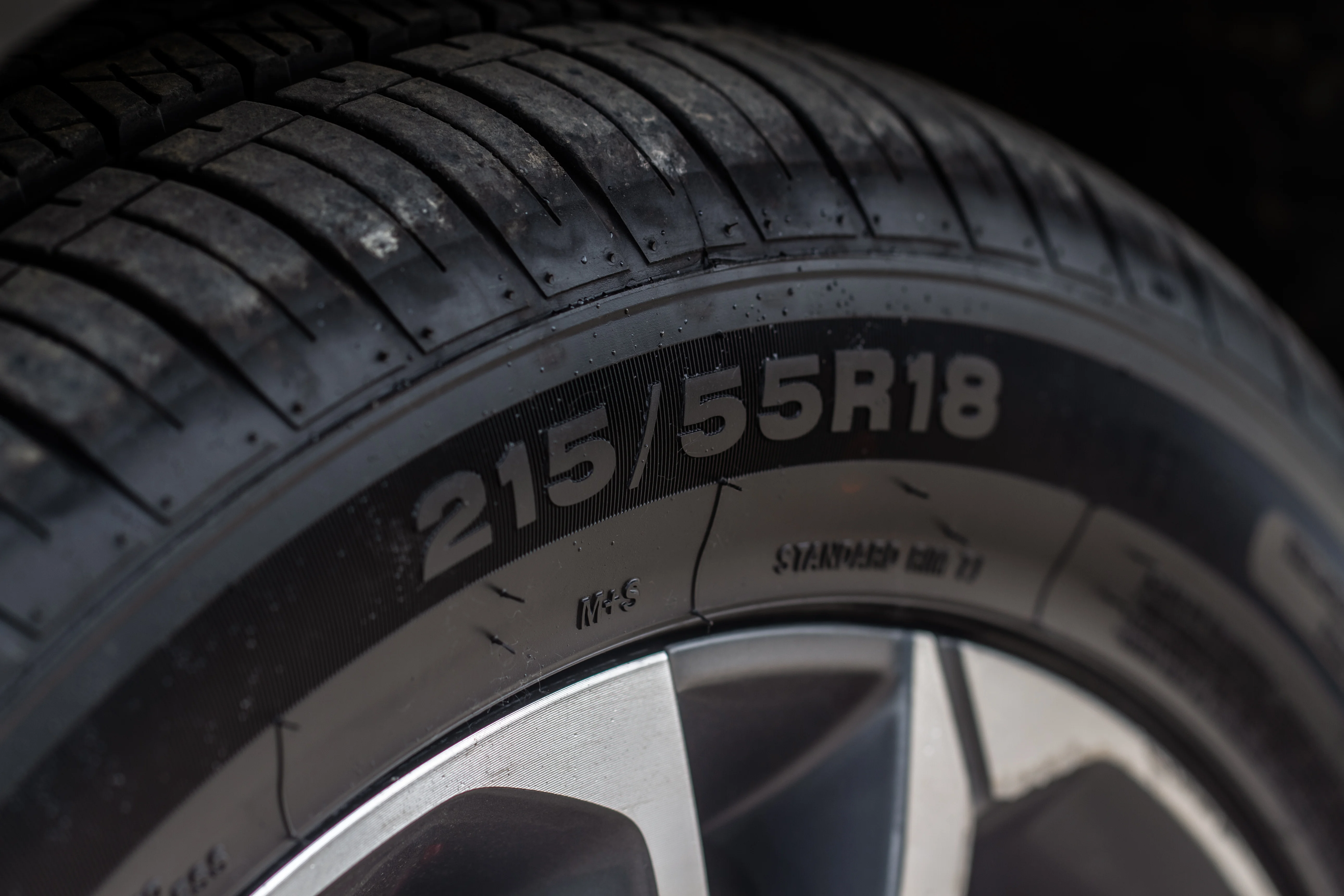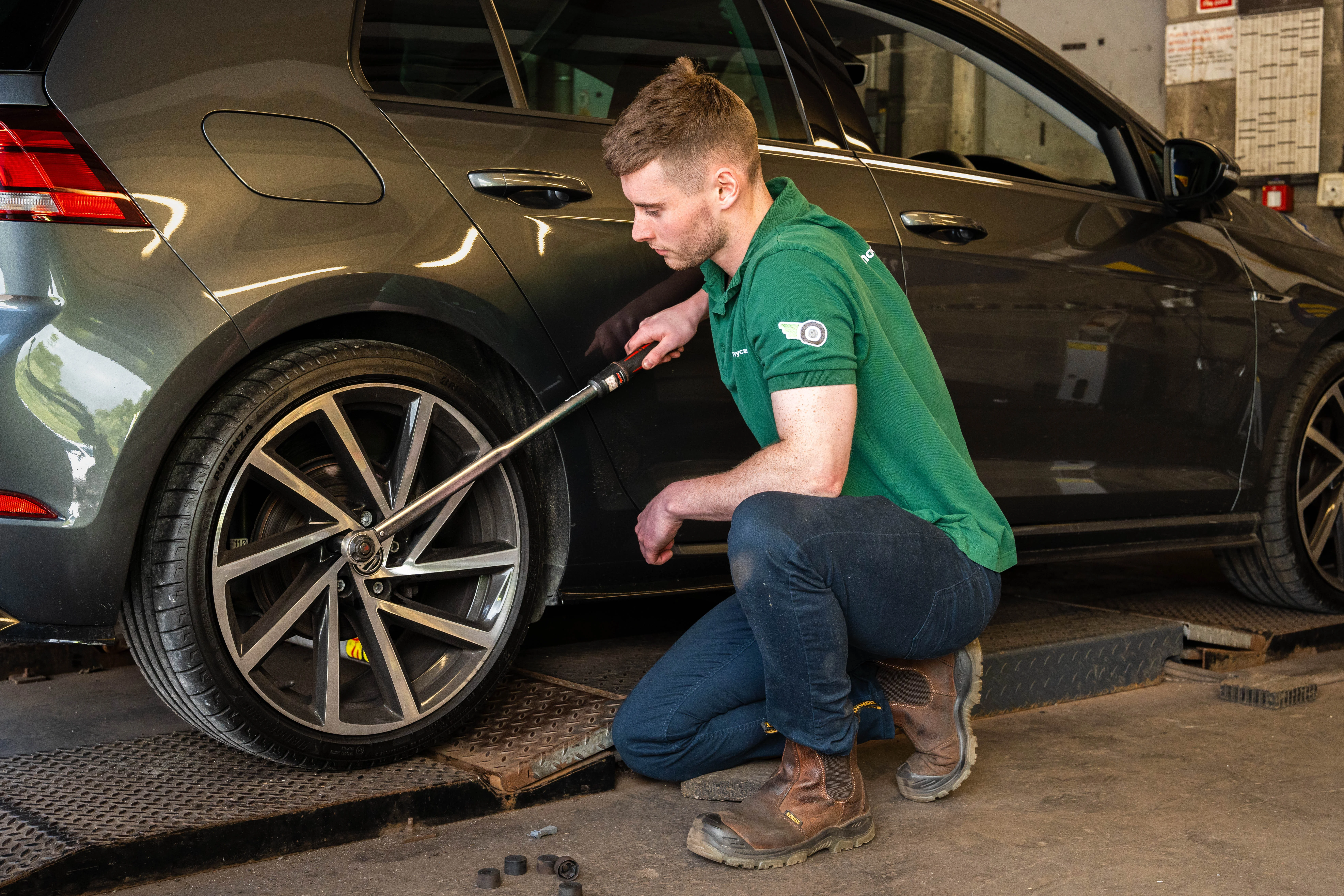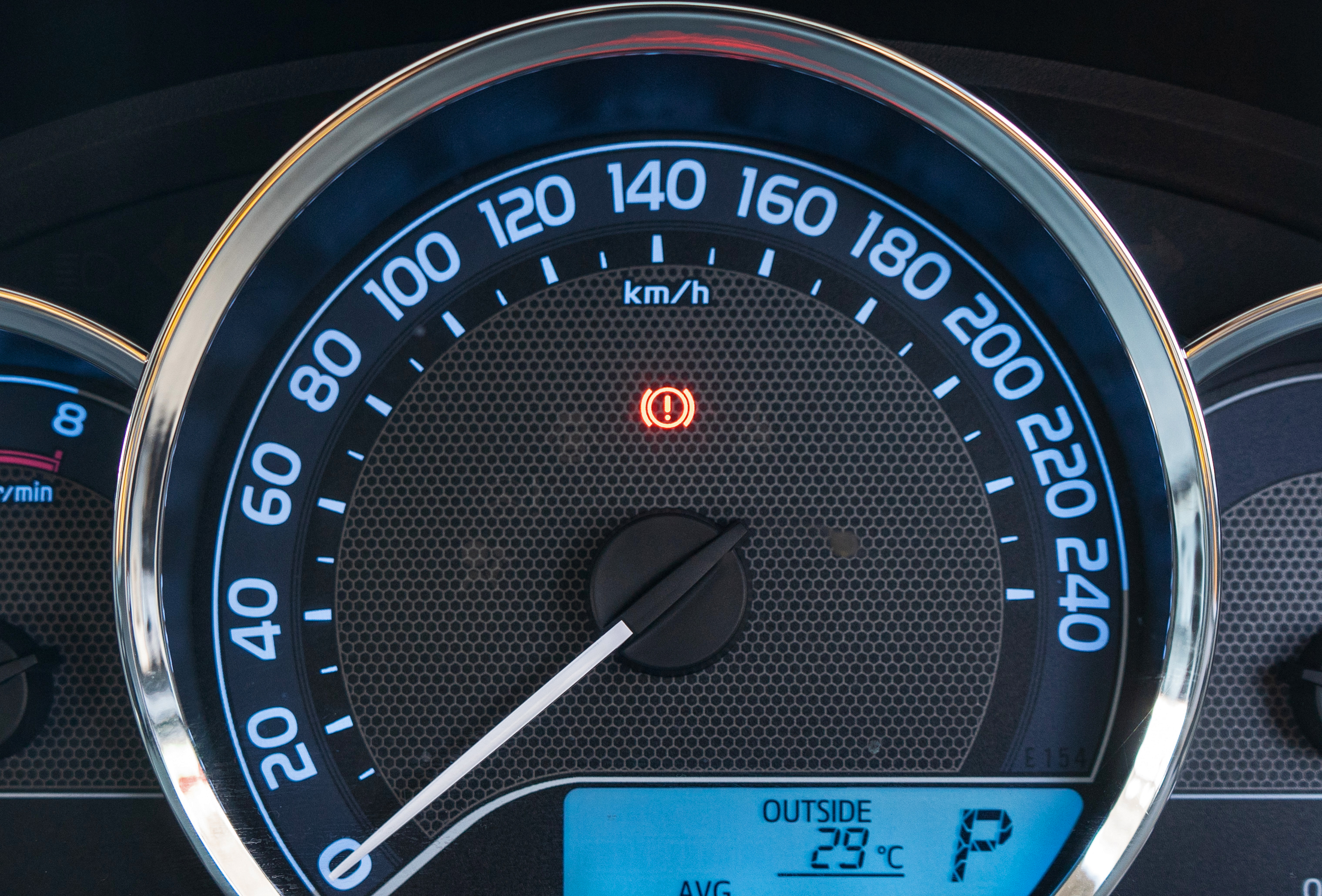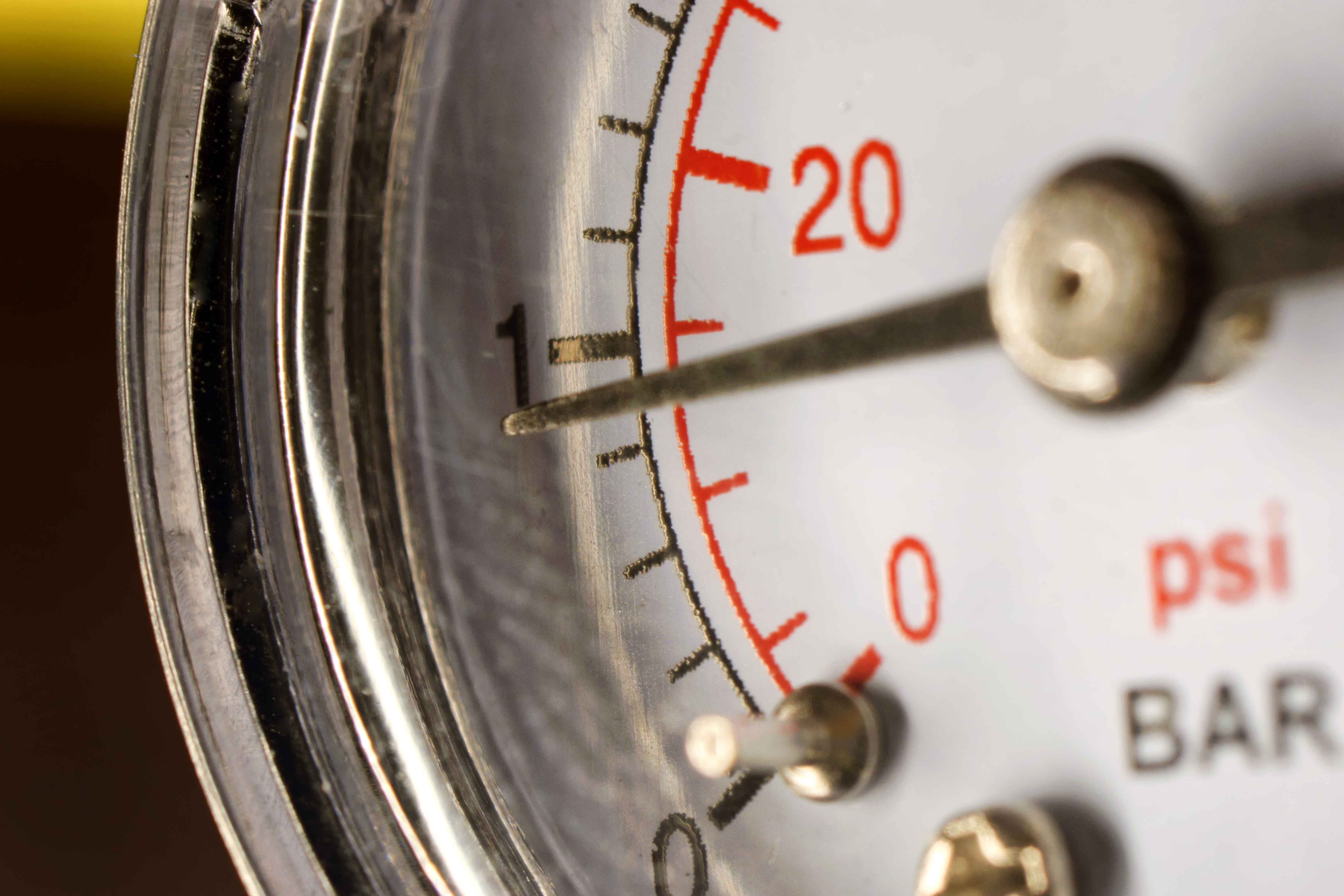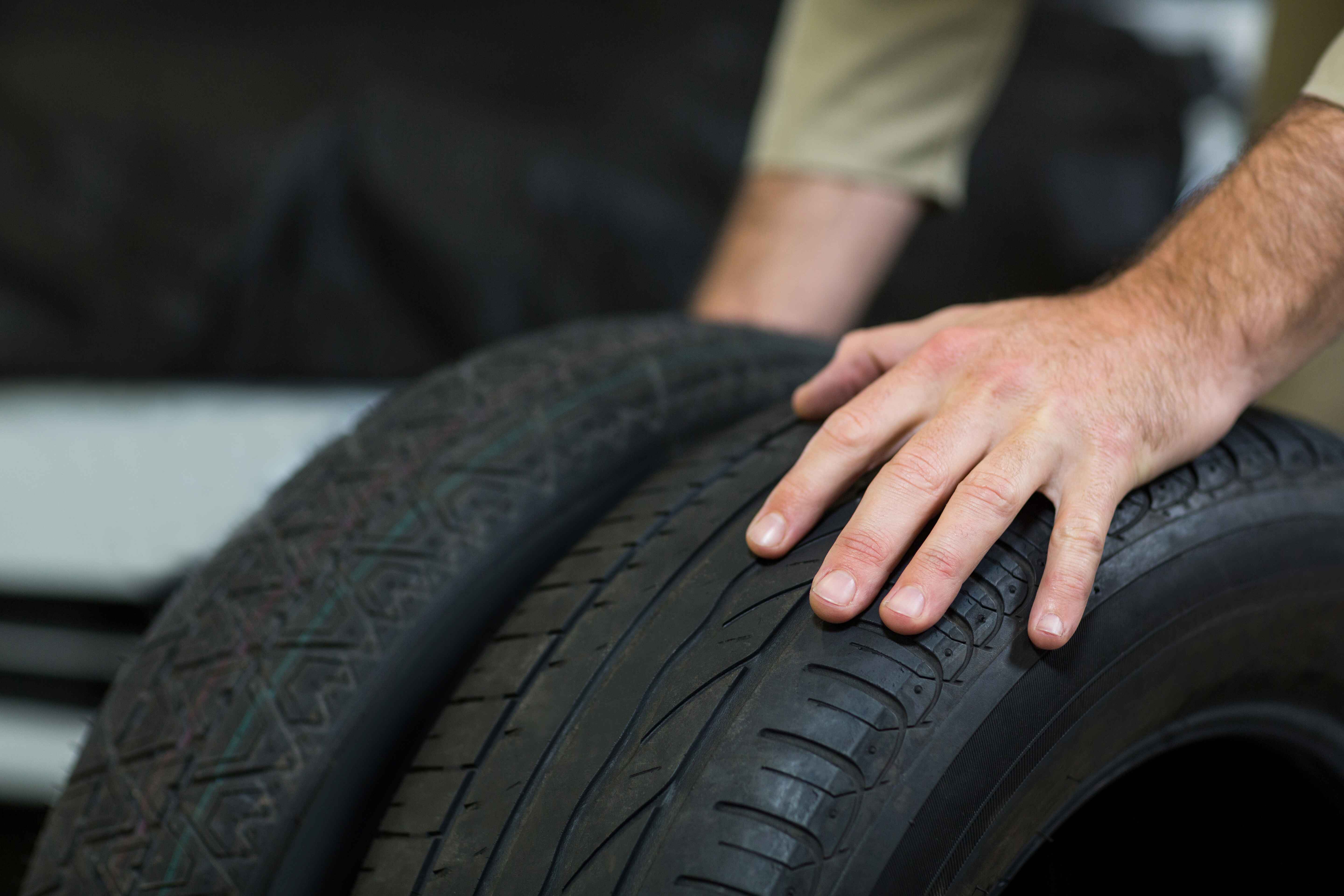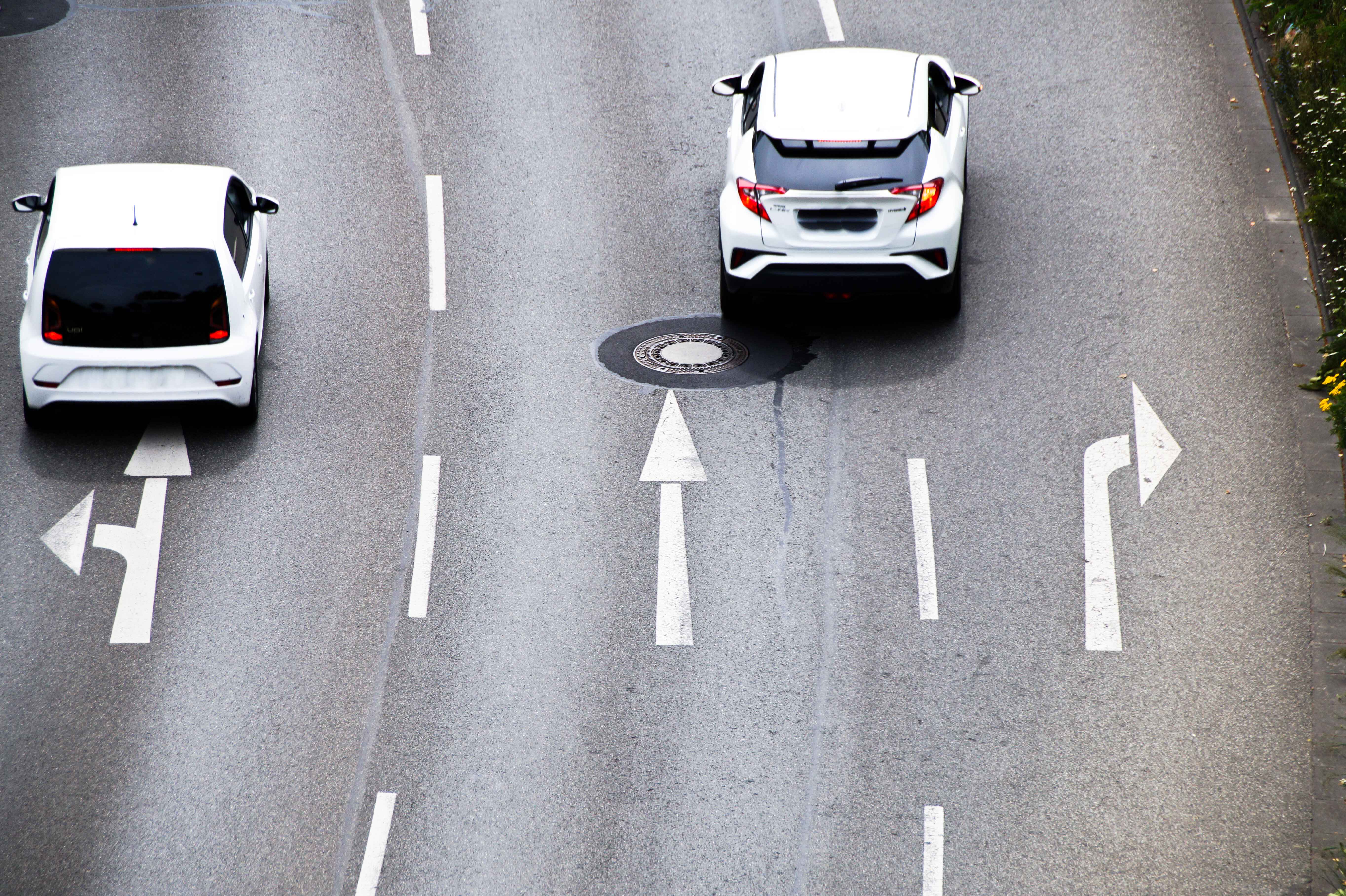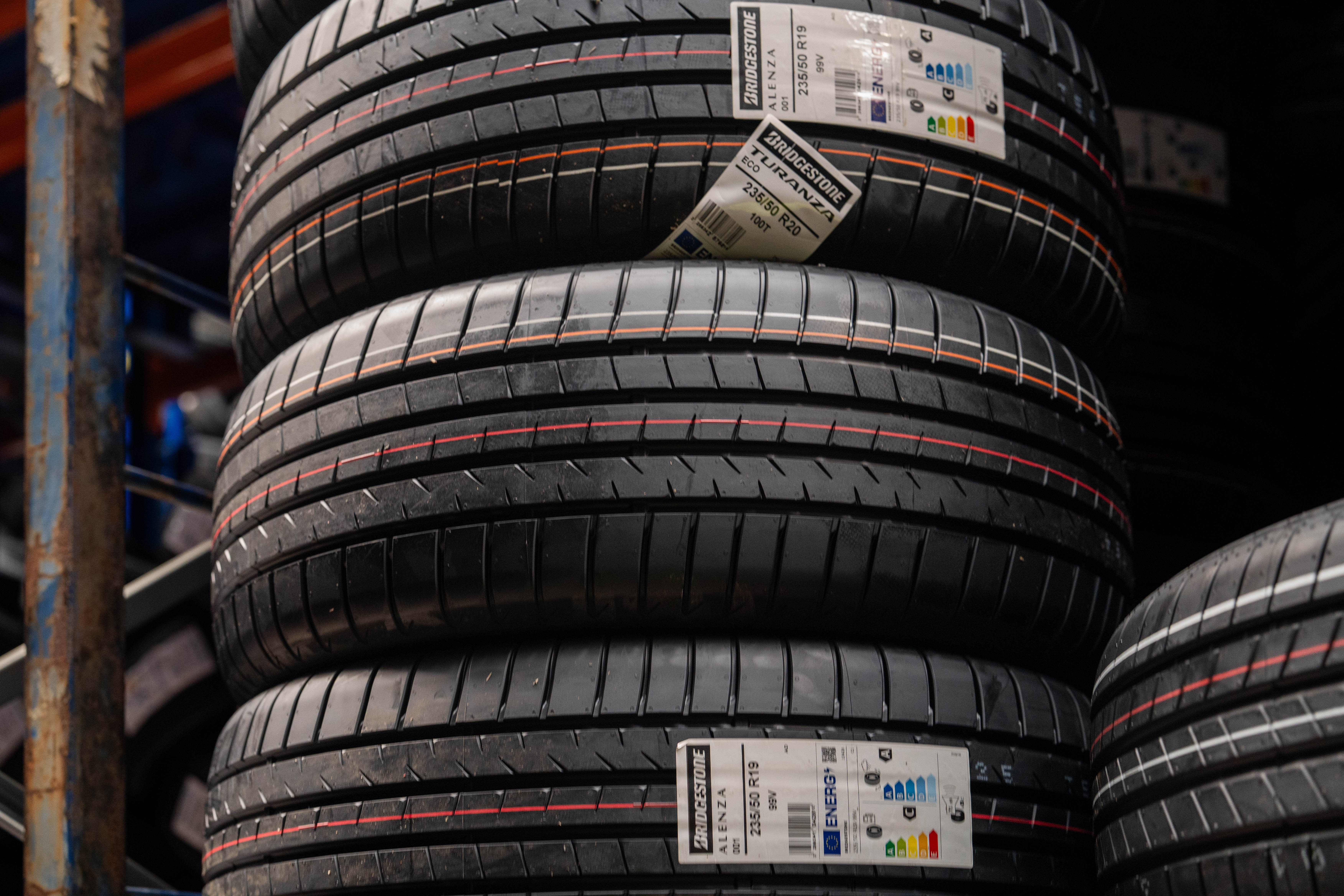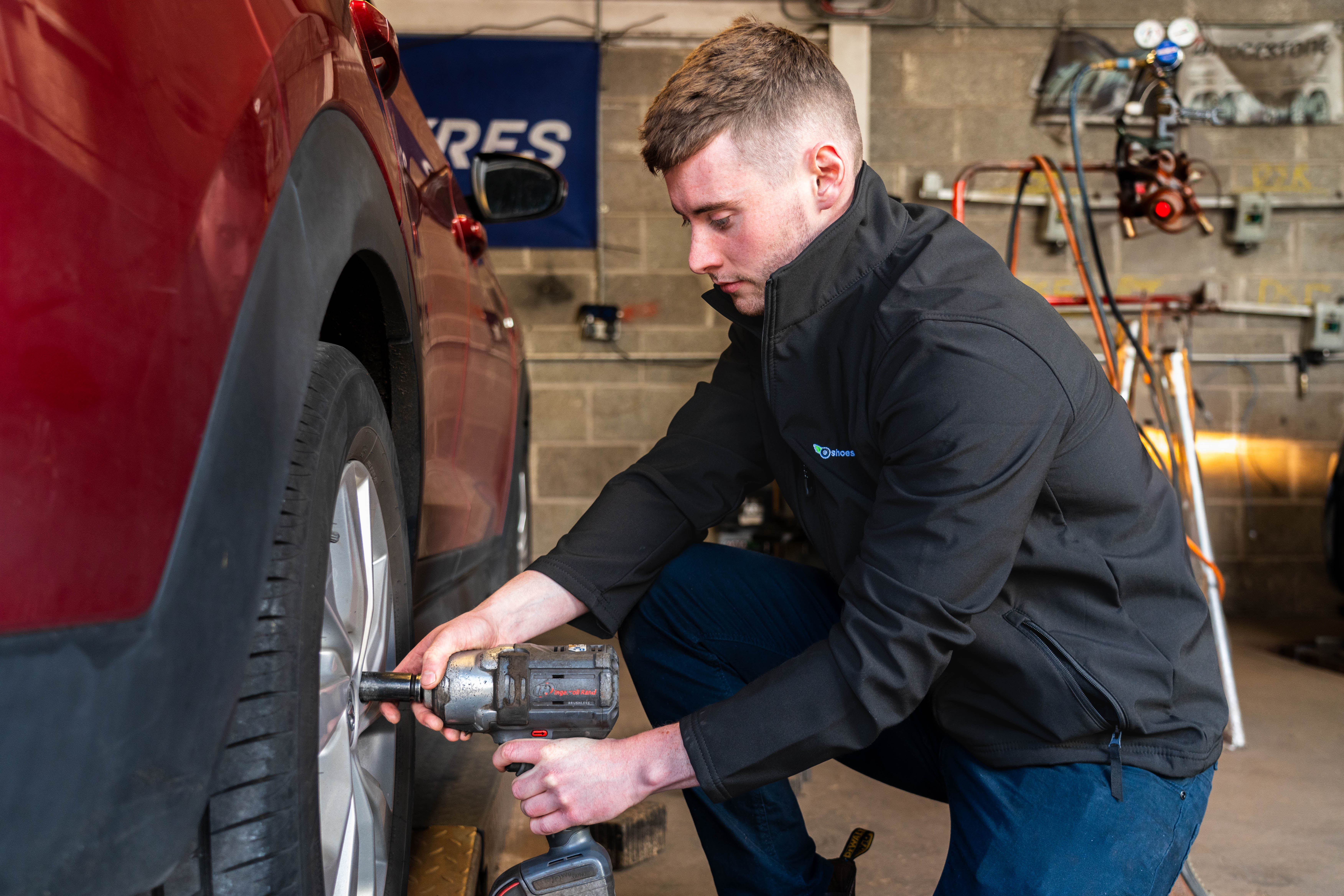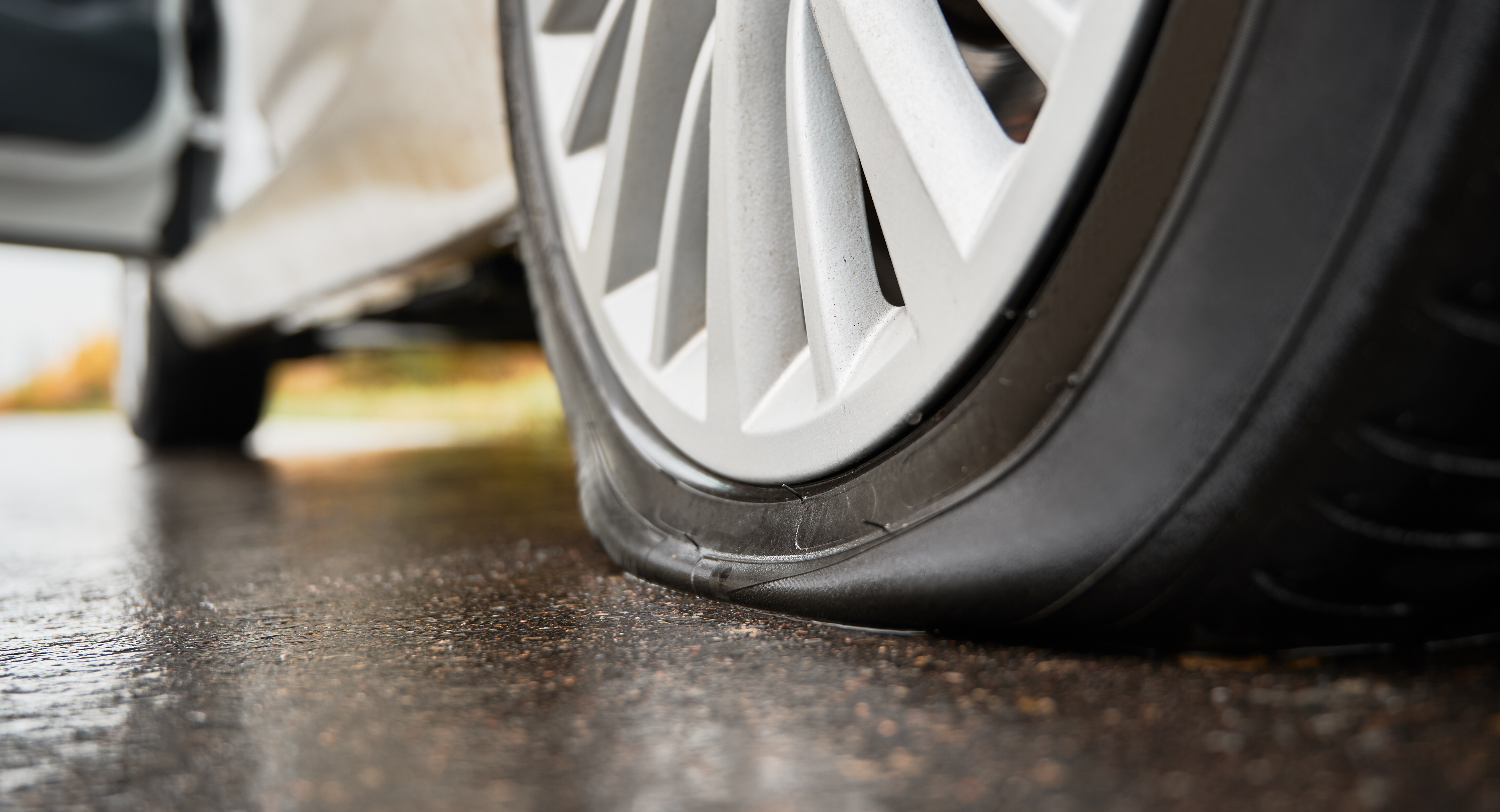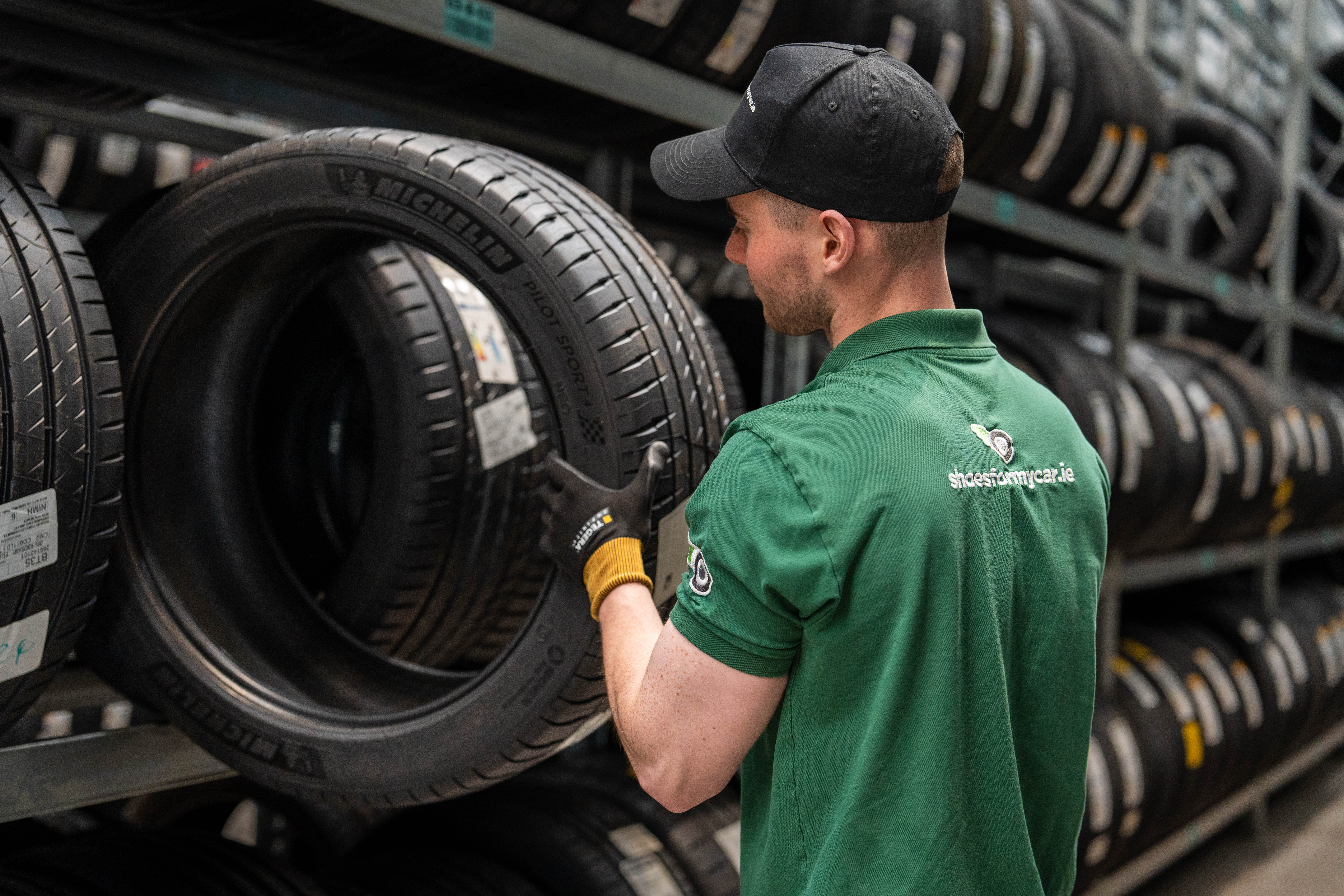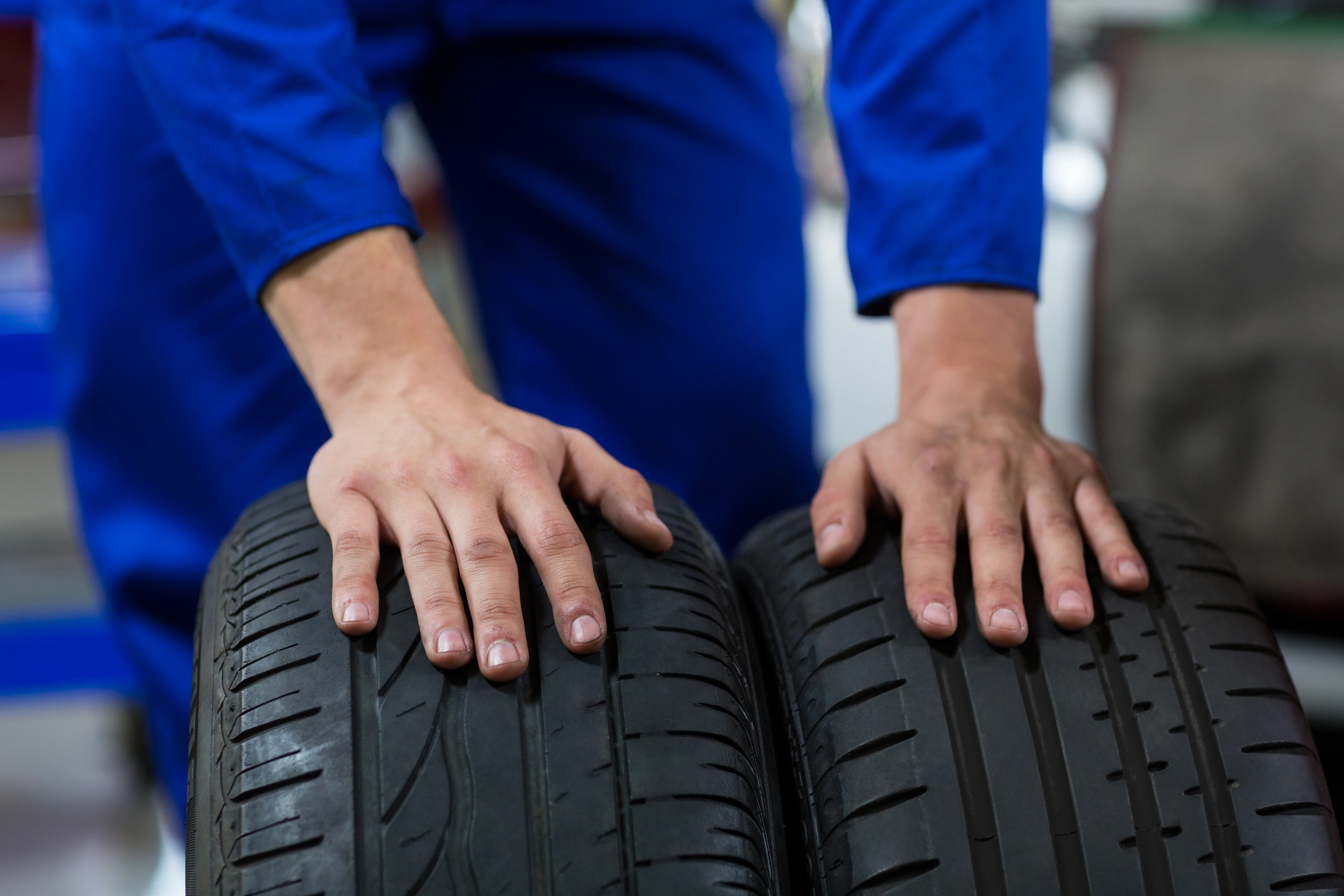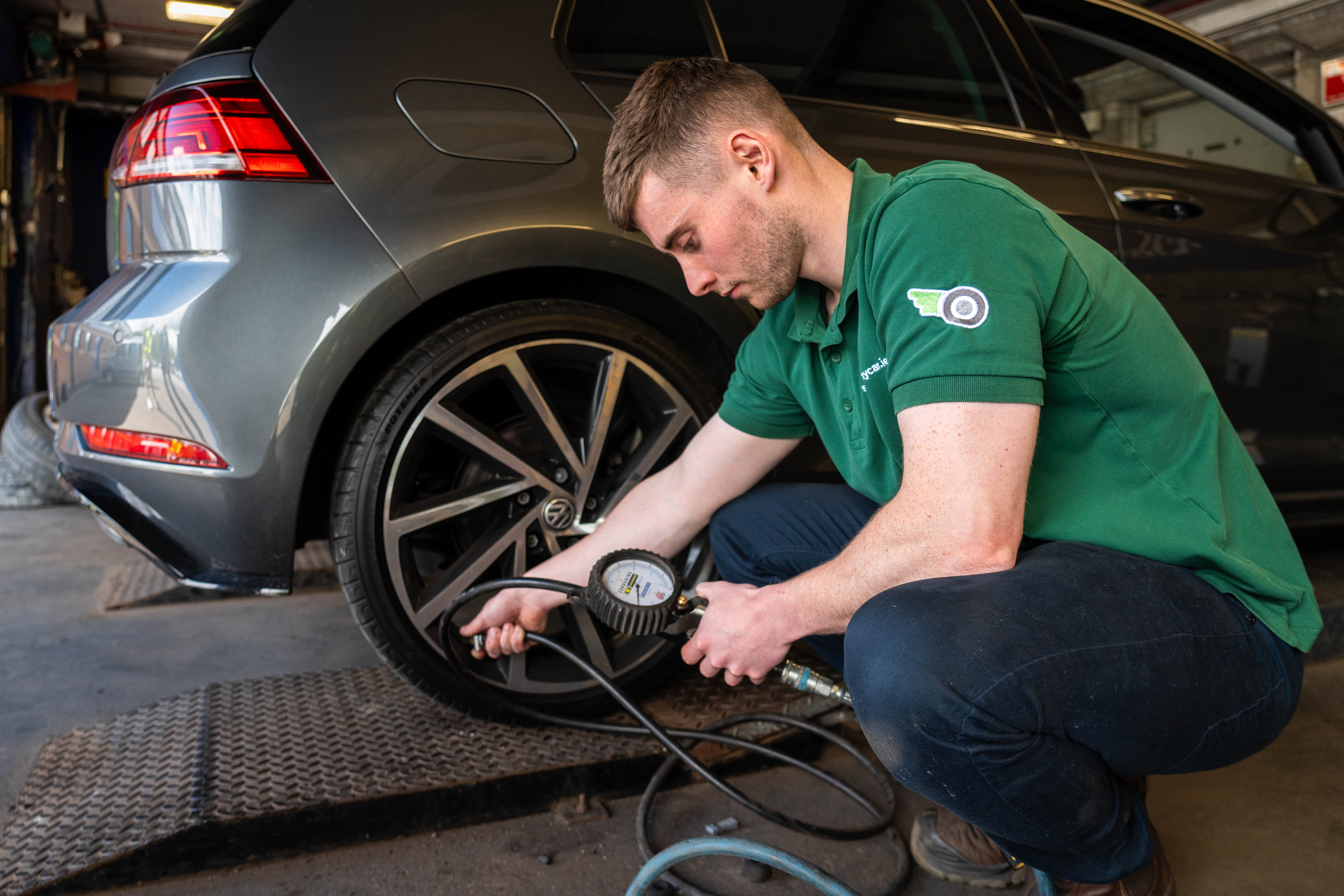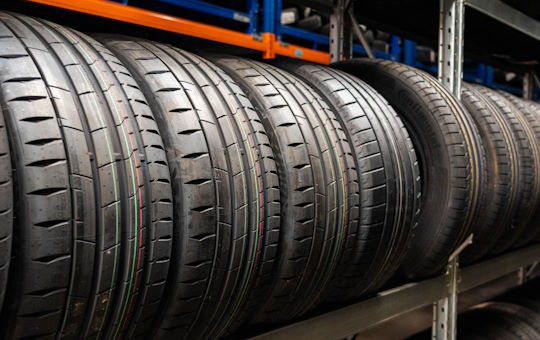When it comes to car tyres, there's more than meets the eye! Most of us just zone out at the thought of buying new car tyres. We at Shoes For My Car have tried to simplify the process as best we can to take the pain out of buying car tyres and make tyres simple.
It's not just about finding the right size and getting the best deal; it's also crucial to understand the labels and regulations that guide this essential aspect of car ownership. This informative article aims to help users understand car tyres, the labels used, and EU tyre regulations, ensuring a smoother ride and peace of mind.
Car Tyre Basics
Car tyres play a crucial role in your vehicle's performance, safety, and fuel efficiency. Understanding the basics can help you make informed decisions when it's time for a replacement or routine maintenance. From selecting the right type of tyre for your driving conditions to knowing the key components that keep your car safely connected to the road, understanding tyre basics will help you drive with confidence.
Types of Tyres
There's no one-size-fits-all solution when it comes to car tyres. Here's a quick breakdown of the main types:
- Summer Tyres: Optimized for warm weather, these provide excellent grip and performance on dry and wet roads.
- Winter Tyres: Designed for colder climates, they offer better traction on snow and ice.
- All-Season Tyres: A happy medium, offering year-round performance.
Anatomy of a Tyre
Knowing the various parts of a tyre will help you understand car tyres better. Here are some key components:
- Tread: The patterned part of the tyre that makes contact with the road.
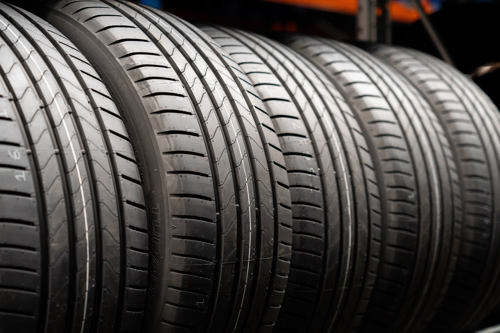
- Sidewall: The vertical section that supports the tyre's weight and protects the inner components.
- Bead: The part that keeps the tyre attached to the wheel rim.
- Inner liner: A rubber layer that seals the tyre, preventing air leakage.
The EU Tyre Labelling System: What You Need to Know
The EU Tyre Labelling System is designed to give consumers clear and reliable information about tyre performance, allowing for more informed choices. By focusing on three key areas—fuel efficiency, wet grip, and external noise—this system provides valuable insights into how a tyre performs under different conditions, helping drivers prioritize safety, efficiency, and comfort.
What's the Purpose of the EU Tyre Label?
The EU Tyre Label provides essential information about a tyre's performance in three key areas: fuel efficiency, wet grip, and external noise. This system helps users make informed decisions when choosing new tyres.
Fuel Efficiency
Fuel efficiency is graded from A (most efficient) to G (least efficient). Choosing a tyre with a higher fuel efficiency rating can reduce your fuel consumption and CO2 emissions.
Wet Grip
Wet grip is crucial for safe driving, especially in rainy conditions. This rating goes from A (shortest braking distance on wet roads) to G (longest braking distance). Opting for a tyre with a higher wet grip rating can decrease the risk of accidents.
External Noise
External noise is measured in decibels (dB) and illustrated with one to three sound waves on the label. The fewer the sound waves, the quieter the tyre.
Navigating the Regulatory Terrain: EU Tyre Regulations
Navigating EU tyre regulations is essential for maintaining both safety and legal compliance on the road. Key regulations cover aspects like minimum tread depth, tyre pressure monitoring, and tyre age recommendations, all of which are designed to keep drivers safe and reduce the risk of accidents. Understanding these rules will help ensure that your tyres meet the necessary standards for performance and safety.
Minimum Tread Depth
The EU's minimum legal tread depth for car tyres is 1.6 mm. Driving with tyres below this limit can result in a fine and penalty points on your license.
Tyre Pressure Monitoring Systems (TPMS)
Since 2014, all new cars sold in the EU must be equipped with a TPMS. This system warns drivers when their tyre pressure falls below the recommended level, ensuring safety and fuel efficiency. You’ll find this on your dashboard display.
Age Restrictions
While there's no specific age limit for tyres in the EU, it's recommended that they be replaced after five years. It is likely that you will have to replace them every 12-18 months, depending on the mileage that you do each year.
Ready to Choose the Right Tyres for Your Car?
With a solid understanding of EU tyre regulations, tyre types, and how to read labels, you're now well-equipped to make the right choice. From ensuring your tyres meet the legal minimum tread depth to selecting the most fuel-efficient option, following these guidelines helps improve both safety and performance. At Shoes For My Car, we’re here to simplify the process. Contact us today, and we’ll help you find the perfect tyres that comply with EU regulations and suit your driving needs!


